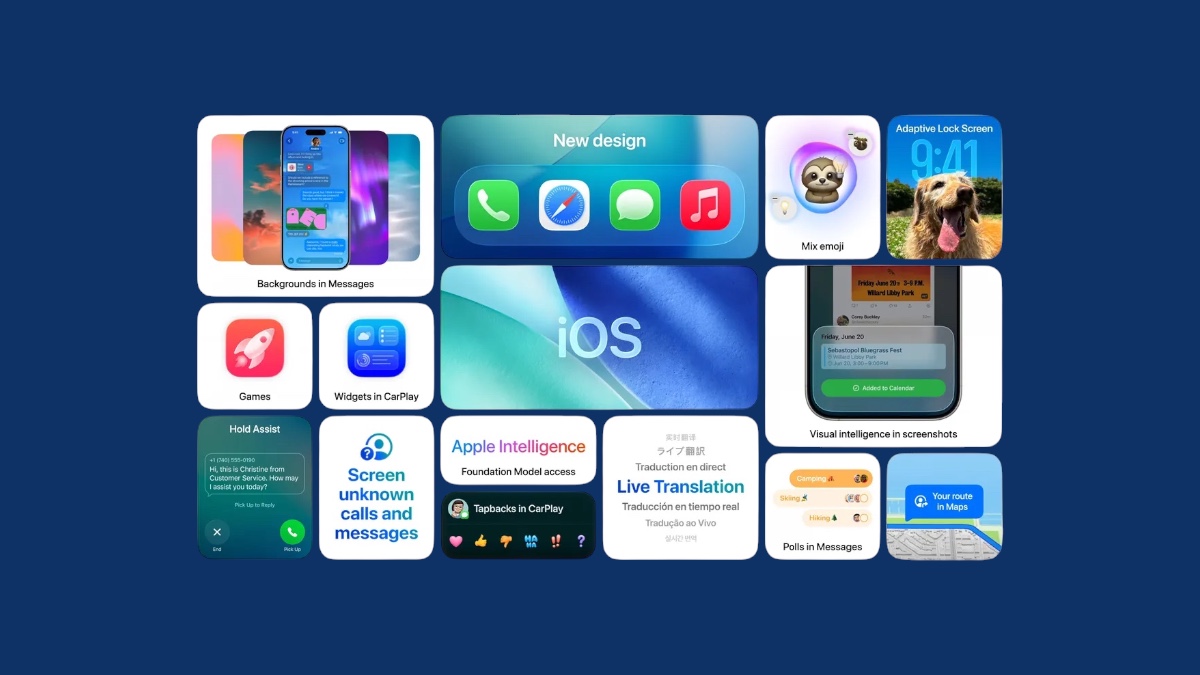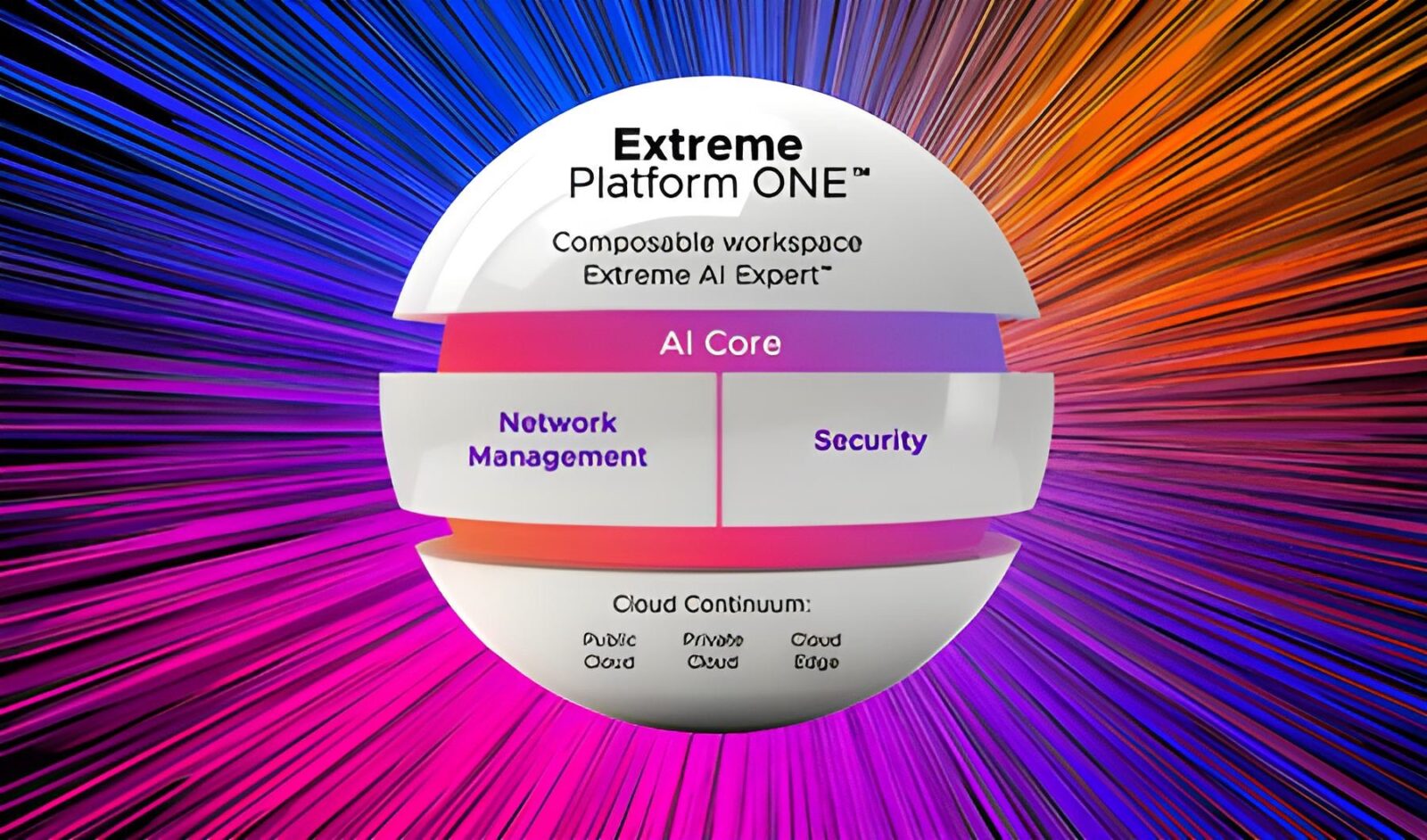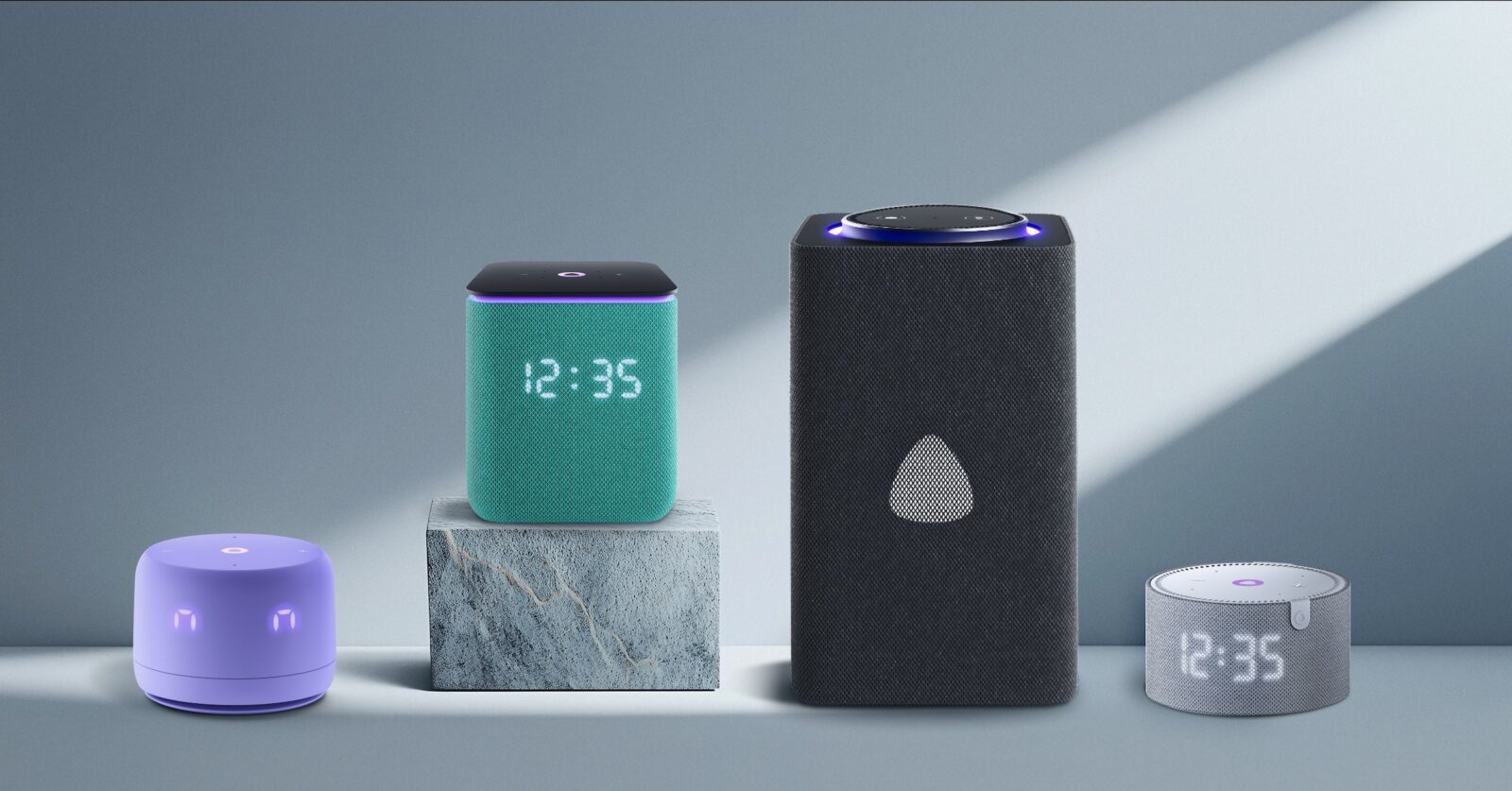WWDC 2025 wasn’t just another software showcase. It marked a pivot—a reinvention of Apple’s entire ecosystem around intelligence, spatial computing, and personalized utility. For the first time in years, nearly every Apple operating system has been meaningfully rethought. The updates unveiled this week do more than polish the edges; they reshape how users interact with their devices, what those devices are capable of, and how seamlessly they work together.
From the Mac and iPad to iPhone, Vision Pro, and Apple TV, the narrative is clear: Apple wants its platforms to feel smarter, more personal, and more spatial. Not in the abstract sense of technological ambition—but in direct ways that reshape everyday workflows, communication, creativity, and entertainment.
Apple Intelligence Becomes a Framework, Not a Feature
The most consequential shift is the widespread rollout of Apple Intelligence, Apple’s privacy-focused approach to generative AI. What makes this meaningful isn’t the inclusion of tools like image generation or text summarization—it’s how natively and quietly those tools have been woven into existing systems.
Across iOS 26, macOS Tahoe, iPadOS 26, and visionOS 26, Apple Intelligence powers features like Live Translation, audio summarization, intelligent reminders, Genmoji creation, and shortcut automation. Crucially, Apple’s system leverages on-device processing with opt-in access to a secure Private Cloud Compute layer when more complex tasks require it. For users, this means you don’t need to leave your app or export data into another tool—AI is simply embedded in your workflow.
This approach to AI as infrastructure, not novelty, positions Apple ahead of many rivals. It’s not about competing with ChatGPT or Midjourney directly; it’s about making everyday interactions on Apple devices quietly smarter, with minimal friction and maximum privacy.
Design Is Not Just Cosmetic—It’s Functional and Personal Again
This year also marks Apple’s most coherent design update in over a decade. The introduction of Liquid Glass—a new visual layer used across macOS, iPadOS, tvOS, and visionOS—brings depth and reflectivity to core UI elements. But more than aesthetic flair, it allows Apple to create a more immersive, focused experience where content takes center stage, and interface elements melt into the background when not in use.
Customization returns as a serious design principle: colored folders, customizable app icons, emoji overlays, new widget styling, and flexible layouts are now supported on multiple platforms. In tandem with functional updates like the new menu bar in iPadOS and the revamped Spotlight on macOS, it’s clear that Apple is rebalancing form and function to make its devices feel more personal without feeling cluttered.
iPad and Mac Narrow the Gap
iPadOS 26 delivers what may be the most transformational update in the tablet’s history. The long-requested windowing system—with resizable, positionable, and tiled app windows—finally allows iPad to act like a real multitasking machine. Add in the arrival of the Preview app, background tasks, audio input controls, and file handling upgrades, and the iPad is no longer pretending to be a laptop replacement—it’s earning that role.
Meanwhile, macOS Tahoe pushes the Mac toward smarter workflows with the most robust Spotlight update yet, new continuity features (like Phone and Live Activities from iPhone), and deeper integration of Apple Intelligence. For professionals, the ability to run hundreds of actions from Spotlight, including Shortcuts and app-based interactions, further positions macOS as the platform for fast, keyboard-driven productivity.
Together, these platforms are becoming more aligned—while still retaining their form factor strengths.
visionOS 26 and tvOS 26 Extend the Ecosystem’s Reach
visionOS 26 proves Apple Vision Pro is not just a hardware curiosity—it’s a growing platform with serious spatial computing ambitions. Spatial widgets, multi-user experiences, and shared environments make Vision Pro feel less solitary and more like a communal tool. Support for 180° and 360° content, along with new enterprise APIs and PS VR2 controller compatibility, extend its appeal to creatives, professionals, and gamers alike.
Even tvOS 26, typically the most conservative in Apple’s lineup, benefits from this reinvention. A Liquid Glass redesign brings a new UI language to the biggest screen in the home, while enhancements to Apple Music Sing and FaceTime transform Apple TV into a more interactive and expressive hub. Small touches like login syncing across apps and personalized profiles reflect a company that’s finally treating Apple TV as more than a passive media box.
The Best WWDC in Years—Because It Focuses on the User
What made WWDC 2025 standout wasn’t just the volume of announcements—it was how consistently they focused on real user value. These weren’t just platform updates; they were deep architectural shifts designed to make Apple devices more fluid, more helpful, and more responsive to the context of each user.
Apple Intelligence wasn’t presented as a headline—it was embedded across workflows. Design wasn’t ornamental—it was purposeful. Productivity wasn’t boxed into one device—it was shared across iPad, Mac, and Vision Pro. And customization wasn’t shallow—it extended into every layer of interaction.
This WWDC reaffirms that Apple isn’t just iterating—it’s orchestrating. Each update strengthens the connective tissue of the ecosystem while making each individual product more capable and expressive. The result is an Apple experience that once again feels like it’s moving forward in unison, with user agency, privacy, and creativity at the center.





